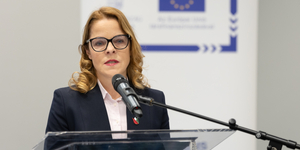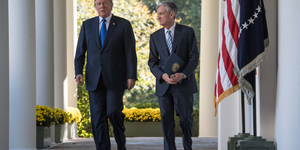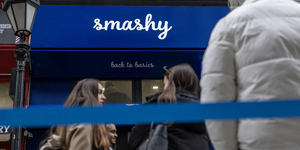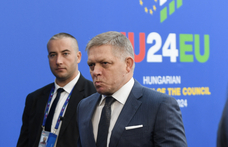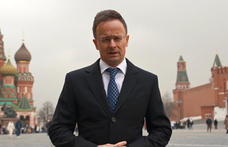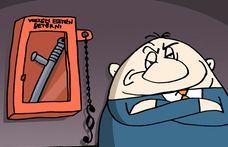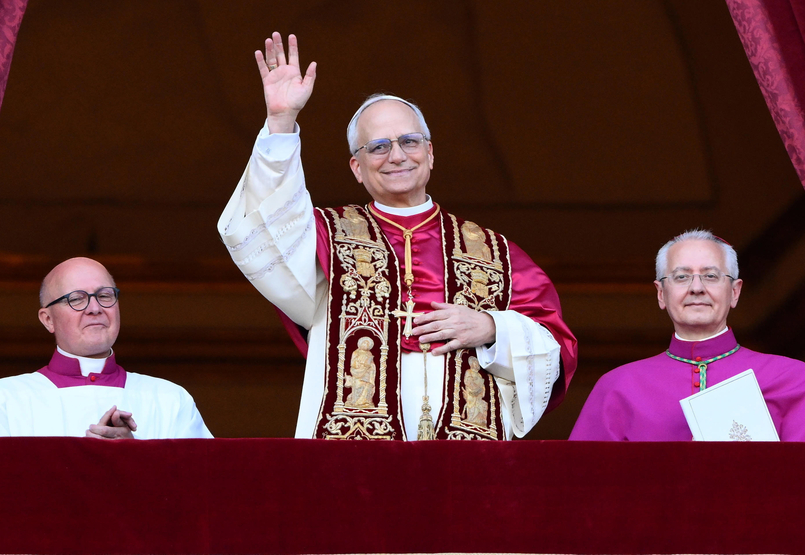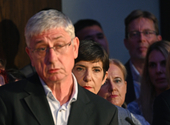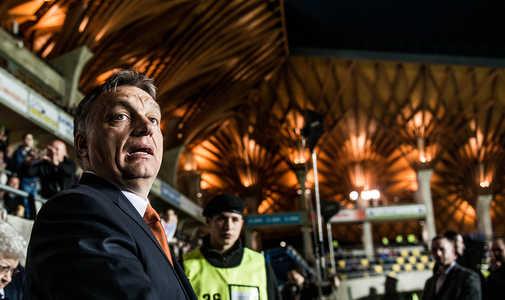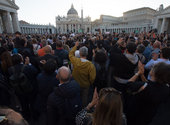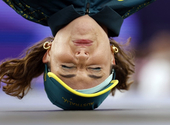Bela Kiraly: the 10 Truths of the 1956 Revolution
With poetic refinement, Gyorgy Faludy said: "1956, you star." We should seek its truths in this spirit. We should teach these truths to our children and grandchildren. We should be proud of 1956, this star of our history.
Second truth. Young university students defined the goals of the revolution in their 16 points. Their demands included national independence, the withdrawal of the Soviet troops,. democracy and civil rights, the trial of Mihaly Farkas and Matyas Rakosi, Imre Nagy for prime minister, the replacement of the Stalinists and the revision of the Hungarian-Soviet and Hungarian-Yugoslav agreements.
The 16 points did not call for the abandonment of communism, only for reforms and for the country's leadership to be put up for election. They did not want the abolition of Socialism either, only a revision of the economic planning system.
Third truth. The revolution won. On 28 October, Imre Nagy, the prime minister, called a ceasefire which was respected by both sides. The AVH secret police and the MDP Communist Party were wound up. Imre Nagy established a government based on a multi-party system. Nobody in the country wished to lift a hand against the new-born democracy.
Fourth truth. The victory was won by young people from Budapest and the provinces, because they believed in their cause and they fought for it with conviction. Since the Soviet Union regarded our country as its most loyal ally, students in secondary and higher education received military training, meaning the Bolsheviks trained their own adversaries.
Fifth truth. The victorious youths elected a central leadership to secure the victory they had won, and set up a national guard. Their representatives negotiated at police headquarters on Deak ter under the protection of the senior office Sandor Kopacsi. By 29 October, they were so numerous that their resolutions could be regarded as the common will of the freedom fighters. They elected the Revolutionary Committee and the National Guard's senior command. Imre Nagy acknowledged the two revolutionary organisations.
Sixth truth. During the night between 30 and 31 October, the Soviet Union had assembled 16 battalions with 2,000 tanks and fighter-bombers to intervene.
Seventh truth. The declaration of neutrality on 1 November was the result of the Soviet intervention, not its cause. Since neutrality was declared on 1 November and the armed period of the Soviet intervention only began on 4 November, the mistaken belief developed that the Hungarians gave the Soviet Union no other choice but to take up arms to defend their great power status. But the truth is the opposite of this.
Eighth truth. The entire Soviet bloc is responsible for the events. China approved the Soviet aggression on 30 October. The following day, Kruschev informed the Polish leadership. Bucharest followed. The Romanian, Czechoslovak and Bulgarian leaders wanted to take part in the slaughter of the Hungarians but were not given permission to do so. Finally, Tito also gave the nod on the island of Brioni, a full 24 hours before the declaration of neutrality.
Ninth truth. In terms of its goals, scale and intensity, the Soviet invasion was a war - the first between Socialist countries. On 4 November, Imre Nagy announced: "This morning, the Soviet troops launched an attack against our capital with the clear aim of overthrowing the legal, democratic Hungarian government." So the Soviet Union fought an undeclared war against Hungary.
Tenth truth. The great thinkers of the western world and the general assembly of the UN acknowledged the truth of this after the revolution. There were mass demonstrations in the West, and many intellectuals left the communist parties. The Hungarian nation commanded more respect than ever before or since.
The councils were the revolution's characteristic institutions. Soviet, in Russian. Hannah Arendt wrote: "When the Soviet tanks beat down the Hungarian revolution, the only free soviets in the world, those in Hungary, were destroyed."
Milovan Dilas, Tito's former deputy made this prophetic statement: "The Hungarian revolution is the beginning of the end of communism."
The conclusion of a 1957 UN special commission was: "The Soviet Union committed an act of aggression...against Hungary."
In 1992, Boris Yeltsin told the Hungarian parliament: "The tragedy of 1956 remains a stain on the Soviet system that will never be washed away."
These are the truths of 1956. Let us teach them to our children and grandchildren. Let us be proud of 1956, this star of our history.
BÉLA KIRÁLY
The author is a retired general. In the 1956 revolution he was president of the Revolutionary Committee, of the Revolutionary Defence Committee, military commander of Budapest and commander of the National Guard.

